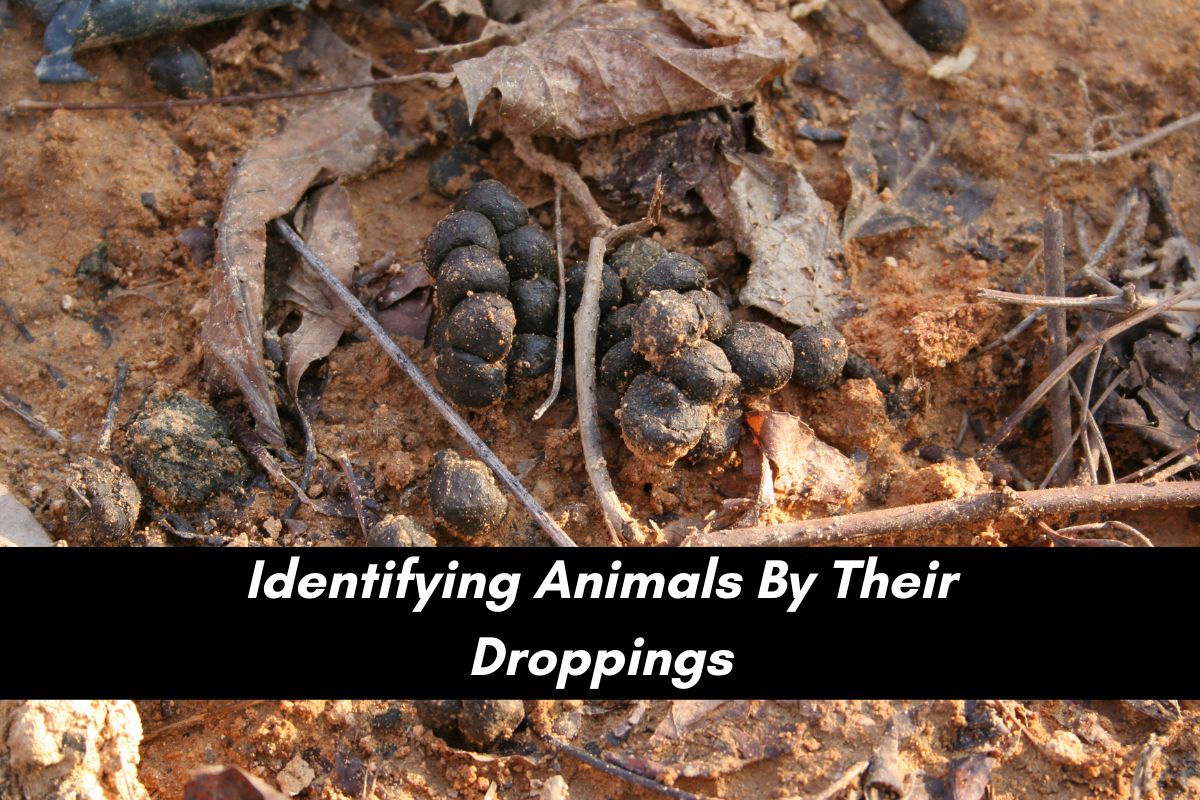
Durham Bulls’ Bats = Good, Your Attic’s Bats = Not So Good
- Posted by AdminBW
- On August 21, 2016
- 0 Comments
Summer has a way of bringing out the bats. If you’d been to the DBAP this summer with the family or friends, you’ve already gotten a taste of the kind of bats we like to see in the Triangle area (and you’ve also hopefully enjoyed a corn dog or four). And, if you and your kids have been playing outside or taking a walk at twilight, you’ve probably seen the fluttering and shifty outline of summer’s other bats.
Rabies and Rumors
Here’s the good news about bats – fewer than ½ of 1% of bats carry the rabies virus. And, those that do are seldom aggressive. Here’s a stat to help shift the paradigm of bats being terrifying bloodthirsty creatures: there have been 40 (ONLY 40!) recorded cases of rabid bats biting humans over the last 40 (WAIT, HOW MANY!?) years in the United States.
That’s right, there is, on average, one (1) rabid-bat-on-human bite per calendar year in the U.S. Now, that doesn’t mean we should all go befriend bats and seek out their roosts and move in with them, but you also don’t need to be paralyzed with fear if you see a bat lurch past a streetlight in search of a mosquito.
See, bats actually come with a lot of positives – a single bat can eat 600-1,000 insects in one hour. If you’ve ever felt like mosquitos have taken over your back yard (call us!), just imagine what it would be like if bats weren’t helping to shrink the mosquito population.
Problems
Where bats are problematic is when they decide your home is where they should make their home. Bats can cause damage to the structure, bring in pesticides with them, and their droppings can eventually become a health-risk if not attended to.
Every spring and summer, check your attic or other crawl spaces to be sure they are properly secured, and if you find one hundred bats or so, don’t panic, and don’t try to get them out yourself. Give us a call at 919-382-0651 or visit our contact portal, and we’ll come take care of the problem for you.











